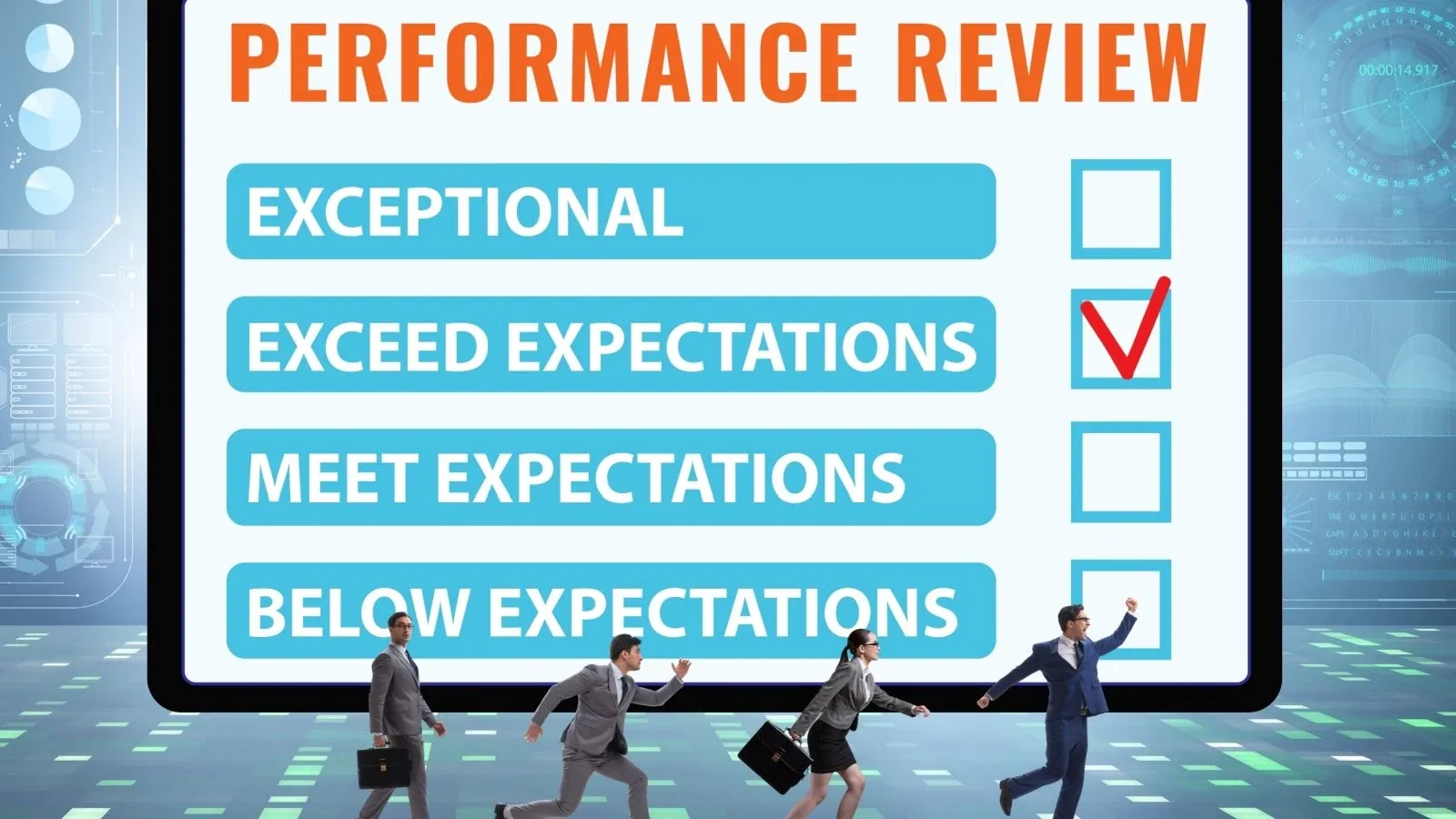Personal Finance News
8th Pay Commission: How Performance Related Pay for Central Govt employees evolved from 4th to 7th CPC
.png)
3 min read | Updated on April 04, 2025, 12:31 IST
SUMMARY
The 7th Pay Commission said that the Performance Related Pay (PRP) for Central Government employees should provide a credible framework to drive performance across ministries/departments.

The 7th CPC recommended that PRP should subsume the existing Bonus schemes. | Image source: Shutterstock
The upcoming 8th Central Pay Commission (CPC) will not only examine the existing salaries of Central Government employees but also their full pay package, including the performance-related pay recommended by pay commissions in the past.
In the run-up to the formation of the 8th CPC, this article looks back at the evolution of Performance Related Pay (PRP) till the 7th CPC, according to the details published in the official report of the 7th Central Pay Commission.
The concept of PRP has evolved through the past four commissions.
-
The 4th CPC recommended variable increments for rewarding better performance.
-
The 5th CPC signalled its intent to establish a performance-linked pay component to the civil service pay structure.
-
The 6th CPC recommended a framework for the Performance Related Incentive Scheme (PRIS).
Following the 6th CPC's recommendation, the Department of Personnel and Training (DoPT) proposed a variable pay component to be awarded annually based on performance. The incentives proposed by DoPT were to be available both at the individual and group/team levels.
- The 7th Pay Commission recommended the introduction of Performance Related Pay for all categories of Central Government employees, based on quality, Results Framework Documents (RFDs), reformed Annual Performance Appraisal Reports (APARs), and broad guidelines.
The 7th CPC said that any Performance Related Pay (PRP) for Central Government employees should provide a credible framework to drive performance across ministries/departments. "Rather than a new system design, the favoured approach should be an incremental adaptation which can operate within the existing framework of rules with minor changes that can enable smooth implementation and operationalization of PRP."
The 7th CPC also recommended that the PRP should "subsume" the existing Bonus schemes. "The Commission notes that there could be a time lag in implementing the Performance Related Pay by different departments. Till such time, the existing Bonus Schemes should be reviewed and linked with increased profitability/productivity under well-defined financial parameters," the 7th CPC report said.
Why PRIS failed
During its deliberations, the 7th CPC noted several limitations of PRIS. For instance, the financing of PRIS was not feasible. Further, there was no estimation of the financial implications of the scheme. It was also noted that the introduction of PRIS in some divisions within a department may potentially exclude high-performing individuals from another division.
Further, the PRIS system recommended by the 6th CPC didn't find many takers. For financing, this scheme was dependent on savings generated by the department, which was seen as its fundamental flaw. Moreover, the scheme was voluntary, not binding on departments. Also, there was no credible methodology to measure the performance of employees, hence, the scheme was difficult to operationalize.
PRIS was eventually not operationalized by departments. Only the Department of Atomic Energy and the Department of Space implemented it after some modification.
Related News
By signing up you agree to Upstox’s Terms & Conditions
About The Author
Next Story



